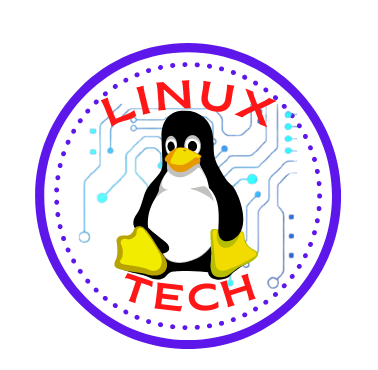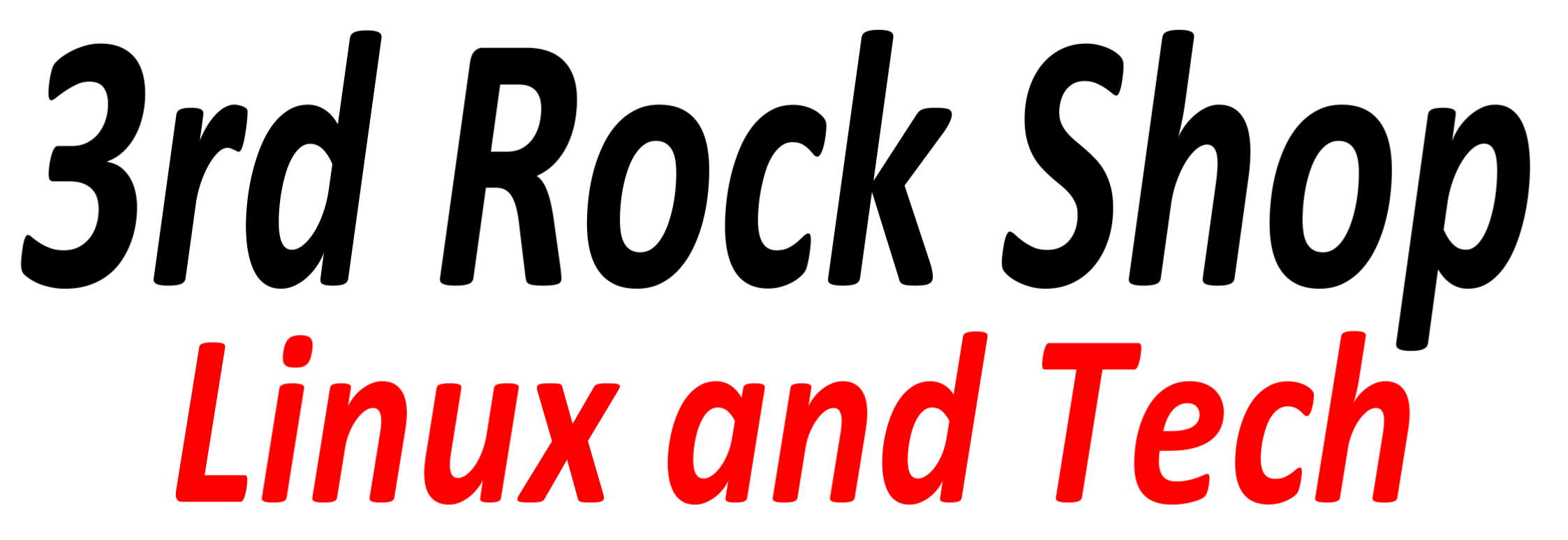The Rise of Distributions: Catering Linux to Diverse Needs
3 min readAs the Linux kernel gained popularity and became more stable, it became evident that users needed more than just a kernel to create a fully functional operating system. This realization gave rise to Linux distributions, or distros, which are complete operating systems built around the Linux kernel and bundled with additional software, libraries, utilities, and graphical interfaces. Distributions played a crucial role in making Linux accessible to a wider audience and catering to diverse needs. Let’s explore the key factors that contributed to the rise of distributions and the impact they had on the Linux ecosystem.
Diverse User Needs: One of the driving forces behind the creation of distributions was the realization that different users have different requirements from their operating systems. While some users might want a lightweight and minimal system for servers or embedded devices, others may prefer a user-friendly desktop environment with a wide array of applications. Distributions allowed developers to tailor Linux to these varying needs, resulting in a rich ecosystem of choices for users.
Prepackaged Software: Distributions made it easier for users to get started with Linux by offering prepackaged software bundles. Instead of installing each application or utility separately, users could simply install the distribution, and it would come with a comprehensive set of software suited to their intended use case. This simplified the installation process and made Linux more accessible to newcomers.
User-Friendly Installers: Early versions of Linux required users to have significant technical knowledge to install and configure the system properly. Distributions addressed this challenge by providing user-friendly installers that guided users through the installation process step by step. These installers automated many complex tasks, making it easier for even non-technical users to adopt Linux.
Hardware Compatibility: Hardware compatibility was another challenge for early Linux users. Different computer systems required specific drivers and configurations, which could be time-consuming and challenging for users to set up on their own. Distributions started including a wide range of hardware drivers out-of-the-box, ensuring better compatibility with various hardware configurations.
Community and Support: Each Linux distribution fostered its own community of users and developers. These communities provided support, documentation, and forums for users to seek help and share their experiences. The sense of belonging to a particular distribution’s community created a friendly and supportive atmosphere, attracting more users to try Linux.
Specialized Use Cases: Distributions began to cater to specialized use cases and industries. For example, some distributions were optimized for scientific computing and research, while others focused on multimedia production or ethical hacking. This specialization made Linux an attractive choice for professionals working in specific domains.
Customizability: While distributions offered preconfigured systems, they also allowed users to customize their installations according to their preferences. Users could choose from various desktop environments, package managers, and software repositories to create a personalized Linux experience.
Some of the most popular Linux distributions that emerged over the years include Ubuntu, Debian, Fedora, CentOS, Arch Linux, and openSUSE, among many others. Each of these distributions has its own unique characteristics, target audience, and development community.
The rise of distributions transformed Linux from a standalone kernel into a versatile and accessible operating system that could meet the diverse needs of users and industries. By offering prepackaged software, user-friendly installers, and hardware compatibility, distributions made it easier for individuals and organizations to adopt Linux. The vast array of distributions available today continues to drive the widespread adoption of Linux, making it an integral part of the technological landscape and serving as a shining example of how open-source collaboration and community-driven development can revolutionize the world of software.

